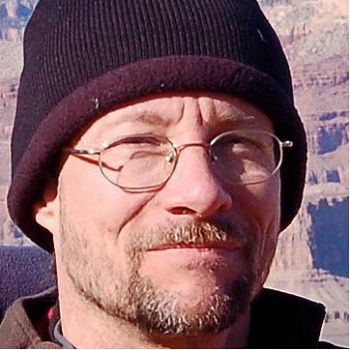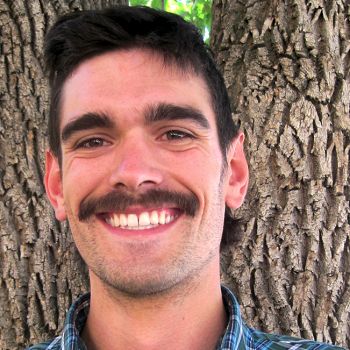Critical Zone Profiles - Meet the people doing CZO science (Boulder Creek CZO)
What kind of work do critical zone scientists do? Who are some of the scientists working at Critical Zone Observatories across the country? How does their work inform our understanding and management of critical zone resources, such as water, soil, and food?
These brief profiles feature just a few of the 250+ senior scientists, university faculty, postdoctoral researchers, and graduate students who work at the nine CZO sites currently funded by the National Science Foundation. CZO people are cross-disciplinary scientists who have expertise in fields including hydrology, geochemistry, geomorphology, ecology, biology, and climatology. More profiles will be added over time, as new scientists join the CZO teams.
The profiles provide a non-technical introduction to the work CZO people do. Each scientist was asked to respond to the following questions:
1. What is the goal of your work?
2. How is your work relevant to the science community and to the larger human communities in which we live?
3. Why is studying the critical zone important?
4. How has the CZO network been valuable to you in your work?
5. How can the CZOs help improve our understanding and management of natural resources?
Profiles: Grad Students | Early Career | Boulder | Calhoun | Catalina-Jemez | Eel | IML | Luquillo | Reynolds | Shale Hills | Southern Sierra | and more profiles coming
BOULDER CREEK CZO
DAVE BARNARD (tree eco-physiologist, postdoctoral fellow)
Dave Barnard’s research focuses on the interactions between the energy that is absorbed by the canopy and used to fuel biological processes (i.e., transpiration and photosynthesis) and that which is re-radiated as heat or that penetrates the canopy as direct-beam energy and is absorbed by the snow pack - influencing snow melt rates. To investigate questions regarding these forest-snow-atmosphere interactions, Barnard studies different components of the overall system... Visit Dave's Profile >
EVE-LYN HINCKLEY (biogeochemist, assistant professor)
Hinckley seeks to discover and quantify the processes that regulate biogeochemical cycles within terrestrial ecosystems. She is investigating how ecosystem metabolism, residence time, and mobility of carbon, nitrogen, and sulfur respond to changing forcing factors, such as climate, land cover/land use, and atmospheric deposition/fertilizer applications. Ultimately, Hinckley hopes to link her results to those of other researchers studying coupled atmospheric and aquatic systems – to inform local decision-making. Recently, Hinckley has been collaborating with colleagues to explore network science design and develop observation-modeling frameworks that predict biogeochemical phenomena at large scales. Visit Eve-Lyn's Profile >
GREG TUCKER (geomorphologist, professor)
One of the most fundamental and fascinating questions in Earth Science is how the landscape takes shape, over years to eons. Greg Tucker studies the processes that shape the Earth's surface, including floods and landslides. Much of Tucker’s work focuses on river basins, where the vast majority of Earth's population lives. The structure and dynamics of river basins pose some fascinating research questions... Visit Greg's Profile >
MELISSA FOSTER (geologist, PhD student)
Melissa Foster is a geologist studying how the Colorado Front Range landscape has evolved over time. The goal of Foster’s work is to quantify the rates at which this landscape is evolving. Some of the broad questions Foster is addressing... Visit Melissa's Profile >
THEODORE BARNHART (hydrologist, PhD student)
Theodore Barnhart is looking at how changes in snowmelt timing and rate alter the balance between forest water use and streamflow. His research addresses essential questions... Visit Theodore's Profile >
Explore Further







